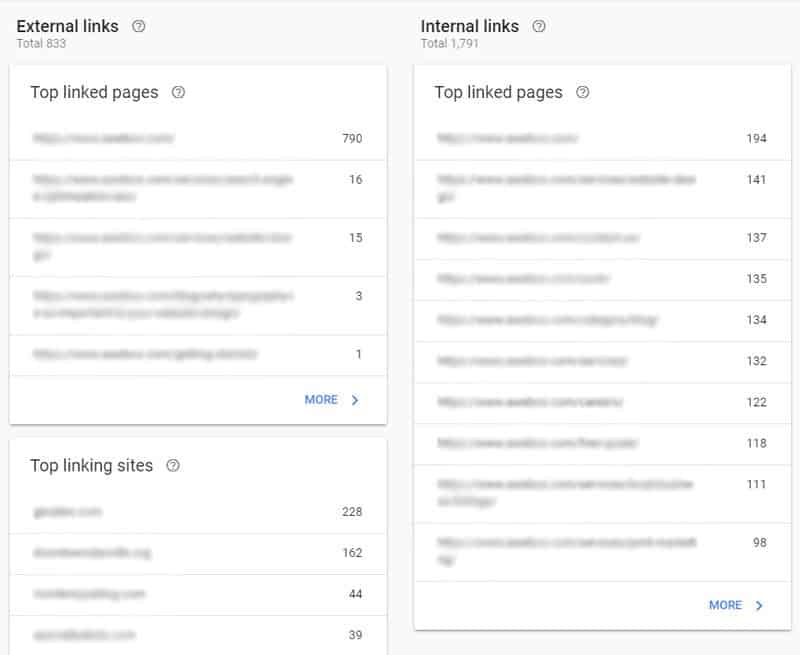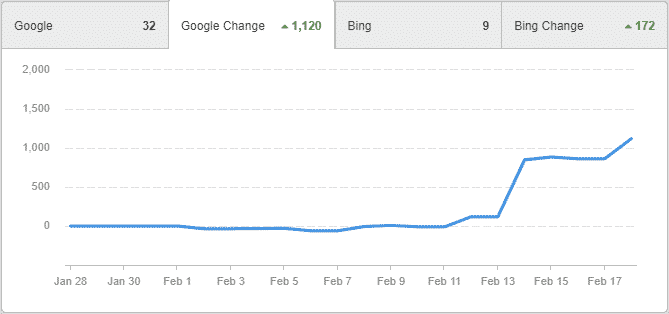We’ve all heard Pablo Picasso’s old adage, “Learn the rules like a pro, so you can break them like an artist.”
While this can make for a fun, adventurous lifestyle, there are some aspects of existence where rules aren’t made to be broken.
The world of web design provides a tremendous opportunity for art and creativity. But it is also full of intricate systems and precise codes that must be followed to see positive results.
What are the top rules of web design?
To create a successful website that attracts traffic and holds the attention of its visitors, there are a handful of web design rules you should know about.
These standards are designed to help you establish a powerful site, while still allowing your creative juices to flow.
Whether you plan to design the website on your own or hire someone else to do it, these are five rules you should follow either way.
1. Focus on Your Target Audience
While you are figuring out how to create effective web design, your prospective clientele should always be at or near the front of your mind.
At the beginning of the process, you’ll want to identify your target demographics and establish a few buyer personas.

These important details will help you monitor the competition in your industry and gauge the best ways to reach them.
It is vital that you set aside any personal preferences to ensure the main focus is placed on the people who will be purchasing your goods or services.
Design your website with these individuals in mind and recognize what will truly catch and hold their attention.
2. Minimize Wordy Web Copy
As of last year, the average attention span of people across the world is eight seconds.
When you think about that, how long will it take for them to decide whether to stay on your website or not?
If a potential client clicks onto one of your pages and finds little more than long, drawn-out text, odds are they’ll be clicking the Back button within a few seconds.
Do all you can to provide detailed, understandable information in a clear and concise manner.
If you can offer data in the form of a video or infographic, that is even better.
As an example, we have created an infographic for the Top 5 Rules for Great Web Design. Click the image to view the infographic.
3. Link to Other Pages on Your Site
When it comes to following web design rules, few are as important as proper linking practices.
While you should use occasional external links to reputable sources, the most important step is to include links to pages deeper within your website.
Use links in your web design layout that point people to your service pages or valuable blog posts you’ve shared.
Use the Google search console or a software such as Ahrefs or SEMrush to check what pages are being linked to and which pages aren’t.

Avoid redirecting to your homepage, contact page, or About Us page too often as this can potentially have a negative impact on your SEO.
Try to spread your links to your important internal pages, and link out to topic-relevant external websites to help build your total website authority.
4. Optimize for Mobile
If your website isn’t mobile-friendly in 2019, then you are missing out on the majority of web surfers.
Nearly 70% of all internet usage is done from mobile devices like smartphones and tablets.
That number is going up every year, leaving desktop computers in the dust.
As you design your website, ensure each and every page is optimized to be viewed on mobile.
This will be a key factor in determining your ability to convert leads into paying customers.
5. Use SEO Strategies on Each Page
The search ranking battle is a constant wave of keywords, backlinks, and quality content.
To stay relevant on search engines, it is imperative that you focus on each of these tactics when establishing your web design layout.
Though Google favors some types of web content over others, every page on your website should still be optimized for SEO.
As you put together your landing pages, homepage, and others, make sure they all use keywords that relate to your industry.
But also avoid overdoing it with “keyword stuffing”, which can lead to your website being penalized by Google.
Find a balance between strong search terms and content that is relevant to your customers.

Assigning a proper SEO strategy to at least the most important pages on your website can help lead to massive jumps in rankings.
When we started SEO work on a new project for a local client in Danville, IL, we found that fixing page structure, assigning goals and implementing keywords to their important pages instantly boosted their rankings in just a few days!
Follow These Rules to Build an Effective Website
As a team of artists ourselves, we would never presume to limit anyone’s creativity.
While the world of web design does have standards to follow, there are still countless techniques to present your business in a fun and professional way.
Even as you follow the five rules mentioned above, you have plenty of opportunities to express the brand of your business to your target audience.
In fact, these tactics will expand your reach even further as your website becomes more optimized and climbs up the search rankings.






